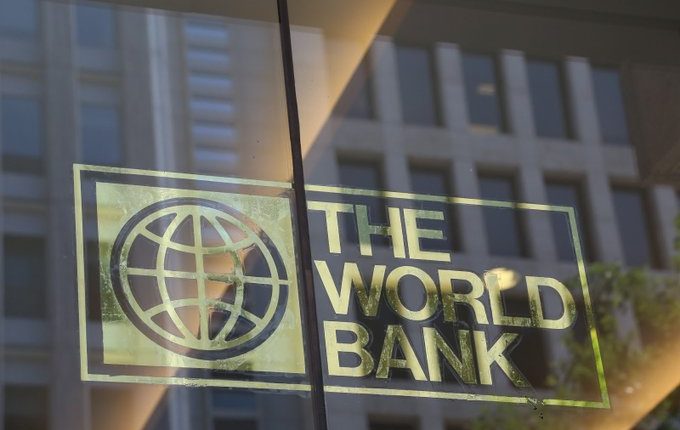East Asia and Pacific Economic Recovery Faces Risks from the War in Ukraine, U.S. Monetary Tightening, and China Slowdown
WASHINGTON —The war in Ukraine threatens the uneven recovery of developing East Asia and Pacific (EAP) countries from the COVID-19 shock, the World Bank said on Monday. The war comes on top of the economic distress caused by the lingering COVID-19 pandemic, the financial tightening in the United States, and the pandemic resurgence amidst zero-COVID policies in China.
Shocks emanating from the war in Ukraine and the sanctions on Russia are disrupting the supply of commodities, increasing financial stress, and dampening global growth, according to the World Bank’s East Asia and Pacific Economic Update: Braving the Storms. Countries in the region that are large importers of fuel – like Mongolia and Thailand, and food – like the Pacific Islands – are seeing a decline in real incomes. Countries with large debt – like Lao People’s Democratic Republic and Mongolia – and high dependence on exports – like Malaysia and Vietnam – are susceptible to global financial and growth shocks.
“Just as the economies of East Asia and the Pacific were recovering from the pandemic-induced shock, the war in Ukraine is weighing on growth momentum,” said World Bank Vice President for East Asia and Pacific Manuela V. Ferro. “The region’s largely strong fundamentals and sound policies should help it weather these storms.”
While commodity producers and fiscally prudent countries may be better equipped to weather these shocks, the repercussions of these events will dampen the growth prospects of most in the region. Overall economic growth is projected to slow to 5 percent in 2022— 0.4 of a percentage point less than expected in October. If global conditions worsen and national policy responses are weak, growth could slow to 4 percent. China, which accounts for 86 percent of regional output, is projected to grow 5 percent in the baseline and 4 percent in the downside scenario. Output in the rest of the region is projected to expand 4.8 percent in the baseline and 4.2 percent in the downside scenario. In the downside scenario, 6 million more people in the region would remain trapped in poverty in 2022 at the US$5.50/day poverty line.
The war, financial tightening and China slowdown are likely to magnify existing post-COVID difficulties. Struggling regional firms, more than 50 percent of which reported payment arrears in 2021, will be hit by new supply and demand shocks. Households, many of whom fell back into poverty during the pandemic, will see real incomes shrink even further as prices soar. Indebted governments, who have seen their debt as a share of GDP increase by 10 percentage points since 2019, will struggle to provide economic support. Increased inflation, at least 1 percentage point above previous expectations due to the oil price shock alone, will shrink room for monetary easing.
“The succession of shocks means that the growing economic pain of the people will have to face the shrinking financial capacity of their governments,” said East Asia and Pacific Chief Economist Aaditya Mattoo. “A combination of fiscal, financial and trade reforms could mitigate risks, revive growth and reduce poverty.”
The report recommends four types of policy action. Instead of price controls and unselective assistance, targeted support to households and firms would limit pain from the shocks and create space for growth-enhancing investment. Stress-testing financial institutions could help identify risks that fester behind the veil of regulatory forbearance. Reform of trade-related policies in goods and, especially, in still-protected services sectors would enable countries to take advantage of shifts in the global trade landscape. Improving skills and enhancing competition would strengthen the capacity and incentive to adopt new digital technologies.


Comments are closed.